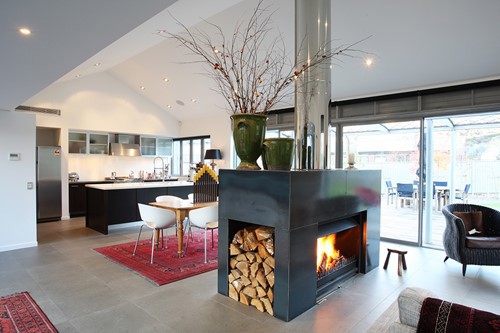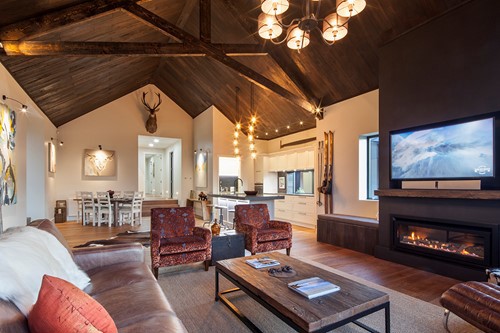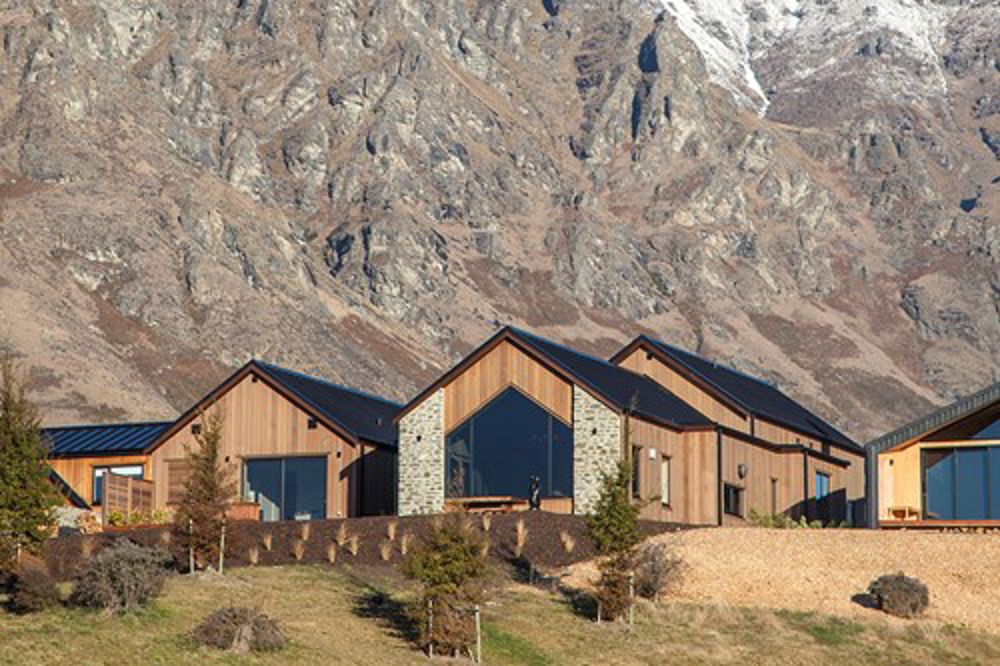-

At David Reid Homes, we operate out of 20 offices in 14 regions in New Zealand, making us your home design and build experts in all climates. Home heating options for a new build? No problem.
David Reid Homes Queenstown director Fraser Mackenzie has vast experience building in the extreme alpine conditions of Central Otago.
On average, windows and doors account for one third of the exterior wall area of your home and with the right products can help keep your home warm in winter and cool in summer, says Fraser.
“Using the latest innovations in double glazed windows, such as low E max and argon glass reduces heat and UV entry in summer, while providing good light and reducing outward heat loss in winter,” Fraser says.
About 35% of your home’s heat will escape through walls and gaps in and around windows and doors, but thermally broken aluminium framing for windows and doors, combined with double glazed windows provides an insulating barrier within the frame, minimising the transfer of hot and cold air.

The most effective heating system for your home will depend on your home’s design, aspect and geographical location.
Fraser recommends a diesel heating system for south facing homes which get less sunlight and are much colder than north facing homes, while heat pumps are the most efficient and cost-effective heating solution for north facing homes.
“However the air tends to be quite dry in Central Otago, so having a heat movement system can dry the house out even more and can impact people with dry eyes, and skin,” warns Fraser.
The location of the heating system in the home can have a big impact. Incorporating a heat transfer system can help spread heat throughout the home, although these are not necessarily required in some environments, Fraser says.
“If you can get them in a new house, it’s fantastic; they can really help to push hot air down to the far end of the house, it’s a really efficient way to warm your house,” he says.
Heat transfer systems can be put into pre-existing homes, but can be more difficult to install than in a new build, depending on the attic space available.
When it comes to designing a new home, it’s important to plan its energy efficiency from the ground up, in some cases starting with an under-slab insulating system that prevents any thermal bridging. In turn this system will allow for a more efficient heating system and keep your home warmer for longer.
“Almost every house we do has an underfloor insulation system; it is thermally broken and seals the foundation around the edges, trapping the warm air in the home and reducing heat loss through the floor,” Fraser says.
“When it comes to heating your home, don’t cut corners. If you can increase the density of insulation in your walls, we would definitely recommend it.”
With so many home heating options available, it’s important to talk to your designer-builder about the right choice for your home, depending on your personal needs, and your local environment.
Check out our website for our approach to building warm, dry, healthy homes, download our sustainable building guide here or contact your nearest David Reid Homes franchisee to find out more.
Heating options for new builds

Filed under:
- Design and Advice